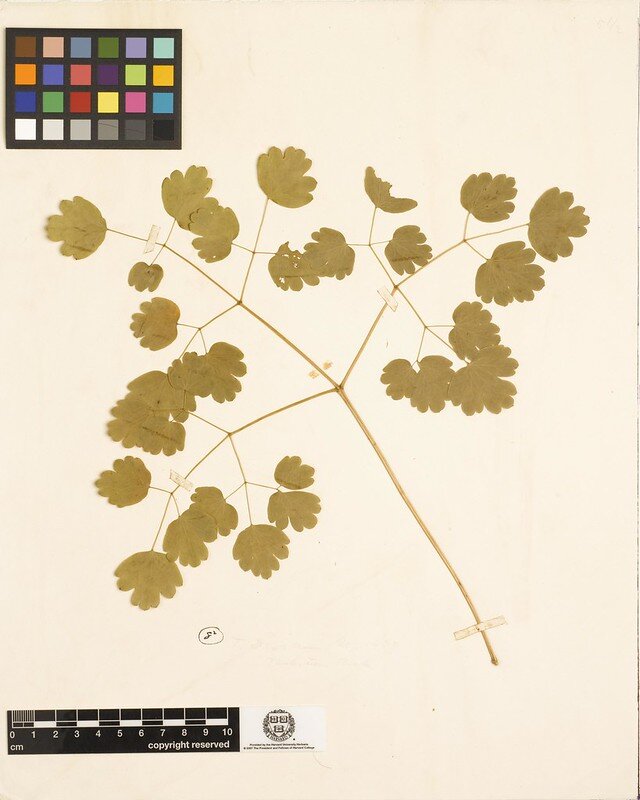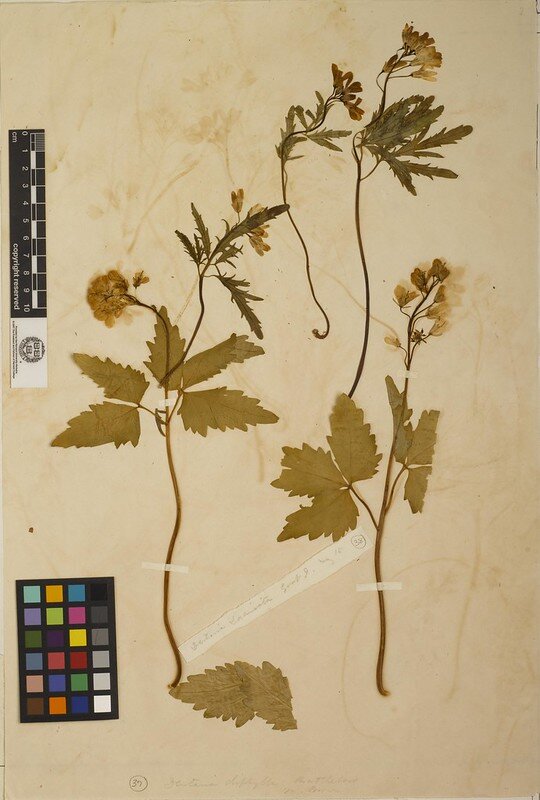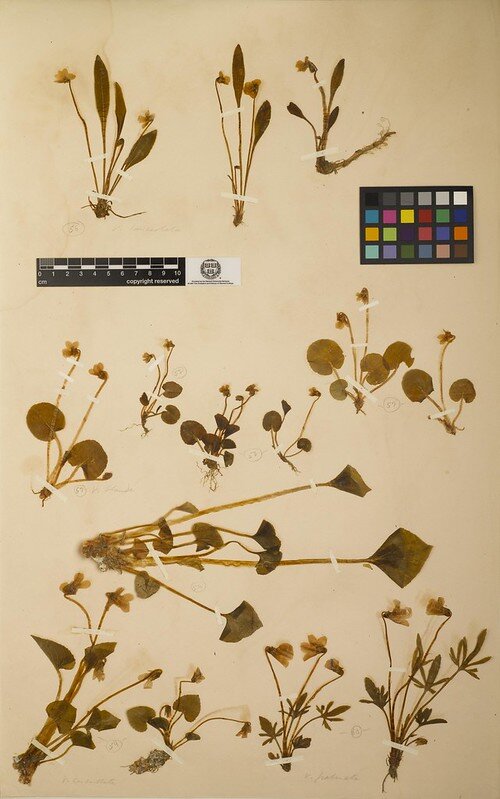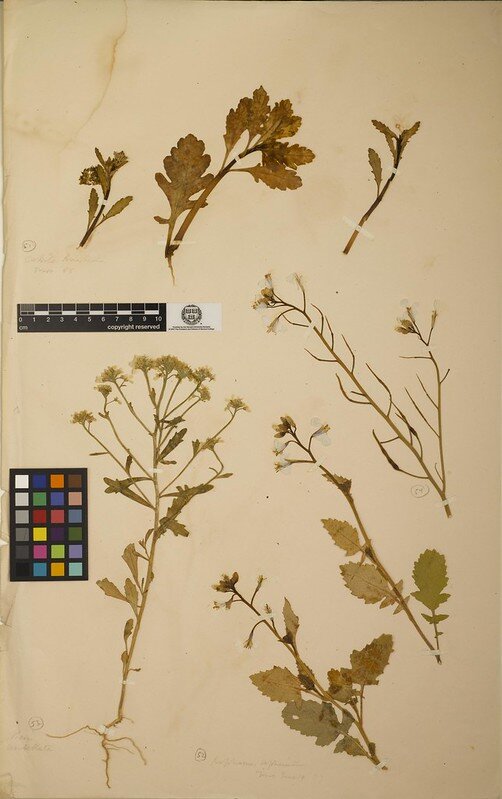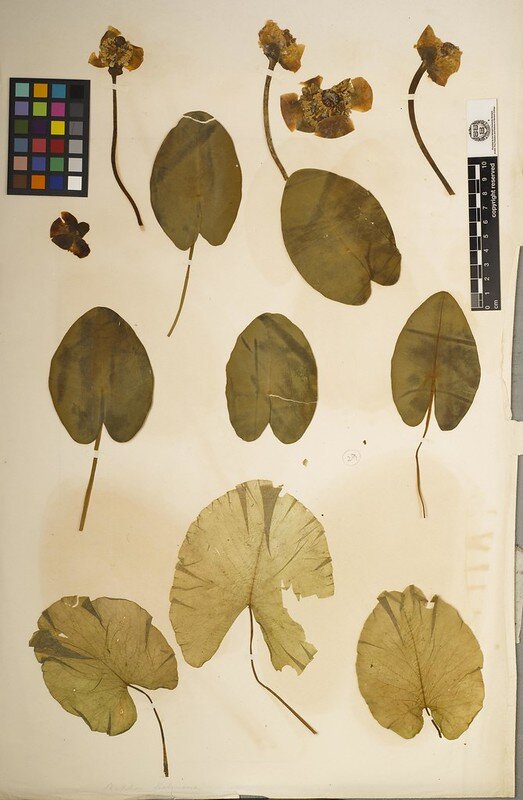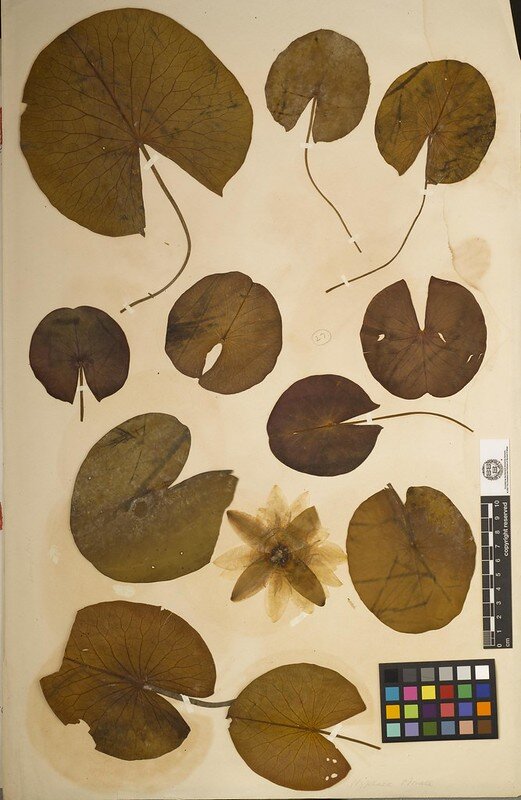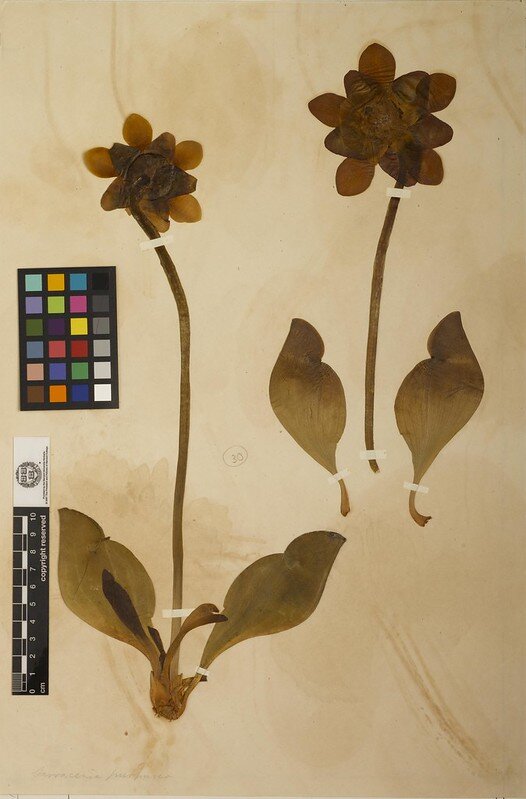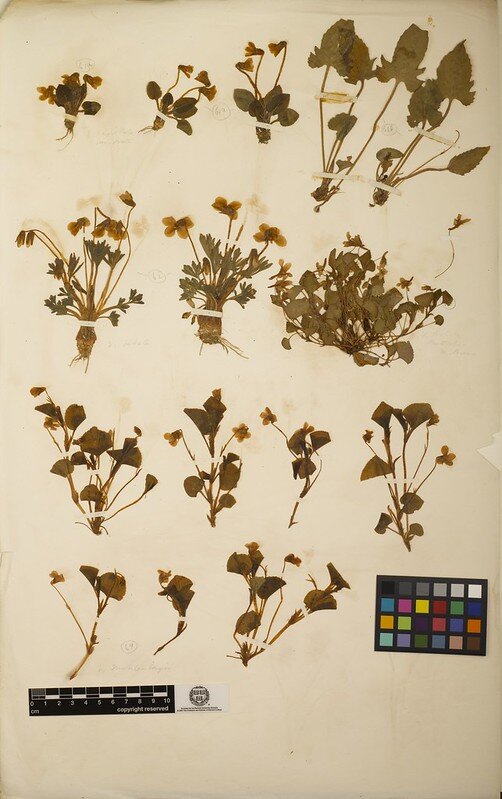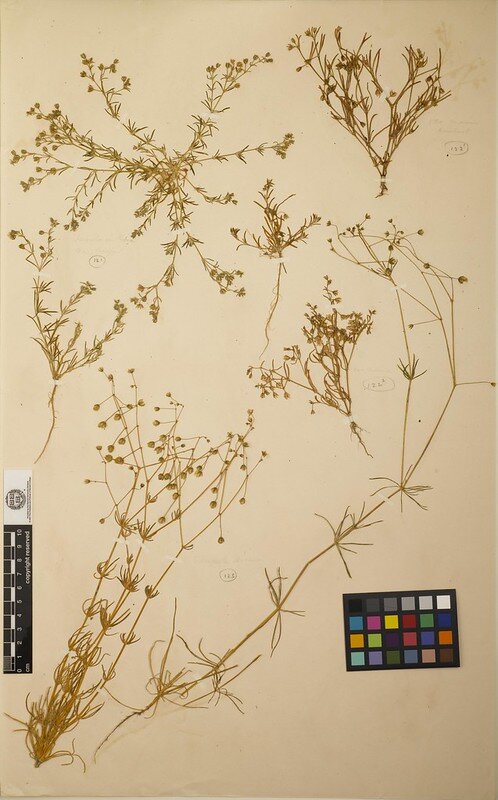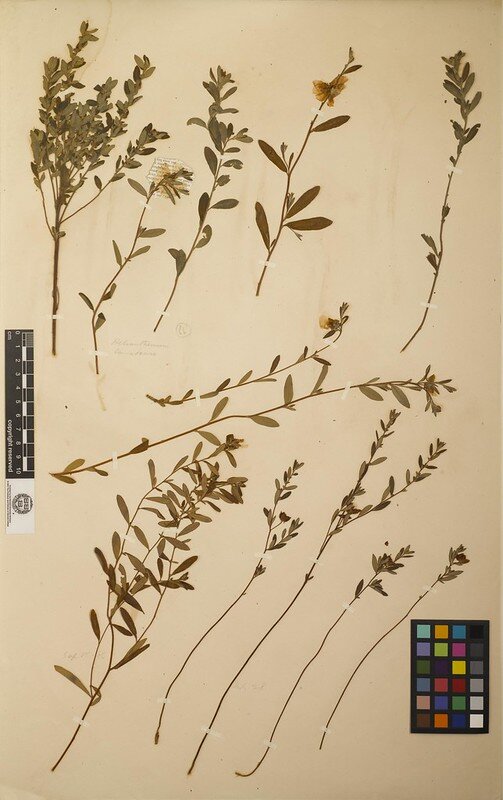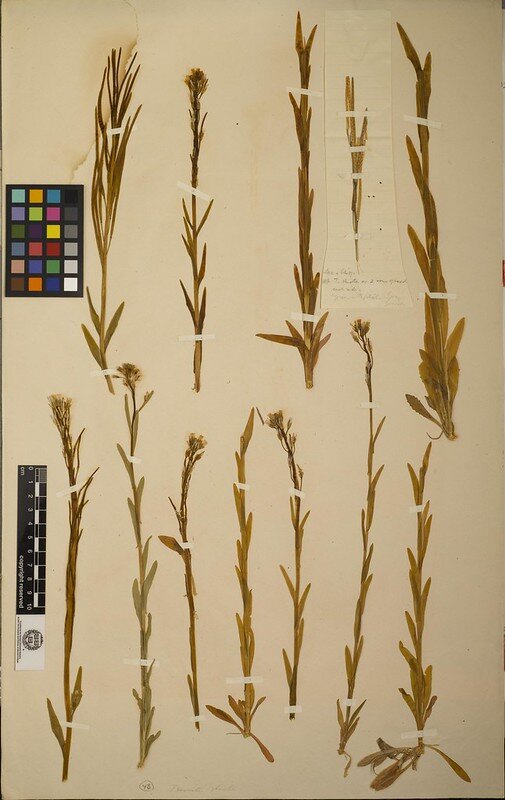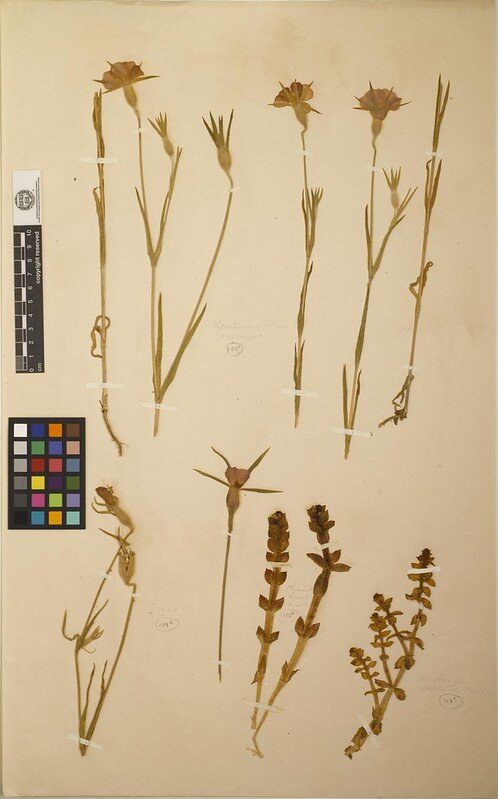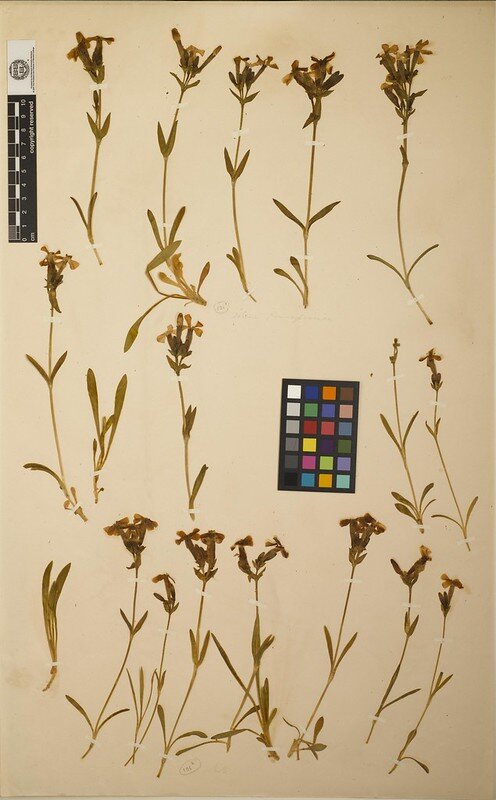Connect to Nature - Start a Herbarium
Henry David Thoreau’s Herbarium from the mid 1800’s; His collection of over 900 pieces and is held by Harvard University.
Fostering a strong connection to the natural world starts with the most basic curiosity. It is deeply satisfying to know about our immediate environment - which plants surround us, what their properties are and how they might affect us.
There are many different ways to kindle and explore this interest, i.e. cooking with local and seasonal ingredients, starting your own garden, hiking with a field guide, or making dyes to name a few. Roots Rose Radish founder Christian Toscano attributes her start in herbal medicine to this same curiosity. As an art student in New York City, she was interested in using plant-based pigments to make paintings with. As she experimented she became more interested in other aspects of plants including their medicinal qualities and nourishing dimensions.
One way to explore the natural world is by starting a Herbarium, a collection of dried plants cataloged within a bound book or on loose sheets of paper. People have been making Herbariums for centuries, the earliest known example dates back to the 1500s.
Emily Dickinson’s Herbarium, circa 1846, also held by Harvard University
While there are no rules as to what you collect or document, it is traditional to include as much of the plant as possible - the roots, flowers, stems, leaves, seed etc... or at least representative parts of them in the case of large specimens. You will want to provide detailed notes on where and when the plant was collected, habitat, color as it may fade over time.
Emily Dickinson’s Herbarium, circa 1846, also held by Harvard University
Collected specimens are pressed, then arranged and glued onto paper, preferably something archival, leaving space for your notes. To flatten the plants, carefully place them between two pieces of newspaper, sandwich the news paper with layer of blotter paper on each side (to draw out the moisture), then followed by a layer of cardboard on each side. If you are making multiple samples at one time, you can stack the alternating layers on top of each other. Place a few magazines or art books on top of the stack so the weight is evenly distributed across the surface. Leave the plants in the weighted stack for a few days to a week - allowing them to completely dry out before mounting.
Emily Dickinson’s Herbarium, circa 1846, also held by Harvard University
The Cover of Emily Dickinson’s Herbarium, circa 1846, also held by Harvard University
